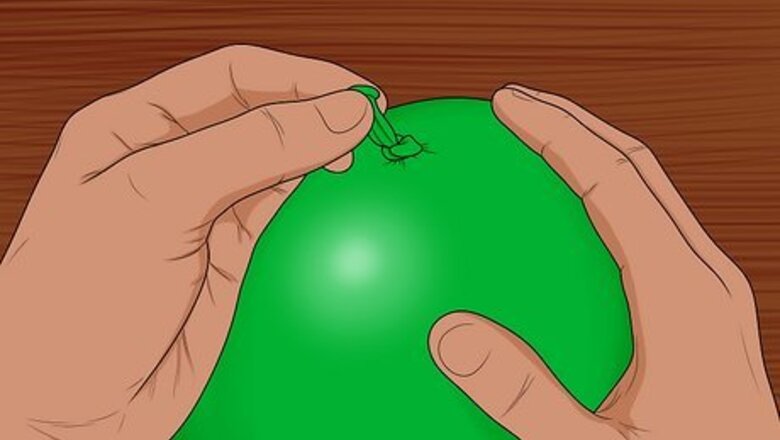
views
Using a Fork or Needle
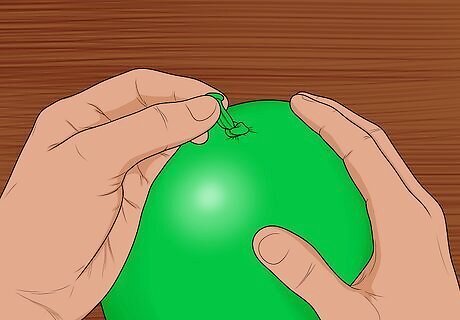
Inspect the knot. Look closely at the balloon knot and find where it rolls over itself.

Pull out the bottom half of the knot. You must be careful in this process. You want to be able to see the area where you'll be able to slide your fork into.
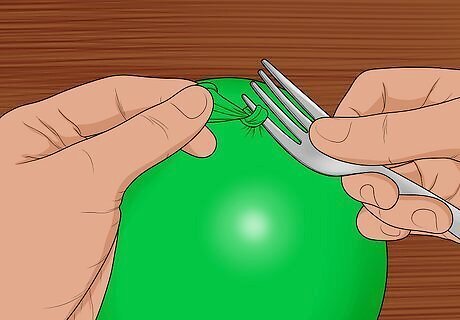
Slide one of the fork prongs through the knot. Unless the knot is super tight, it should slide through real easy. Careful not to pierce the balloon at this stage.
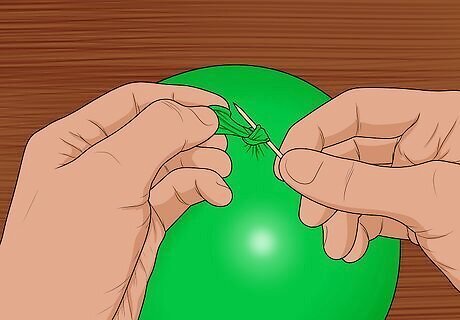
Use a knitting needle. This works even better than a fork prong. Thick needles with a blunt, rounded point are the best. Moisten the needle a little bit by licking it for easier access. The edge of a knitting needle is pointed enough to get into that tight little spot. But it is not sharp enough to pop the balloon. You can use it to loosen the knot and untie it.
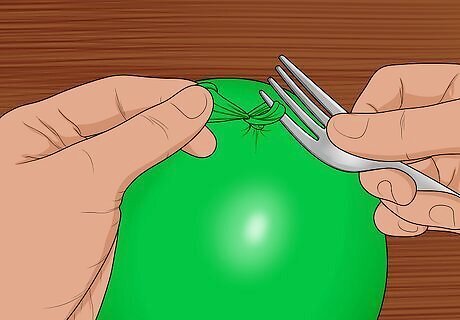
Pull the knot out. Use either the needle or fork to roll the knot out. You can help by trying to push the knot while sliding it down.
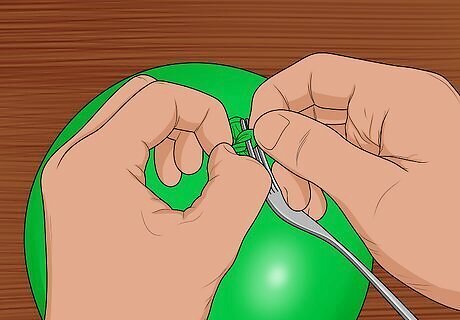
Try again. If it doesn't unroll the first time, slide it back up and repeat this process.
Untying Without Any Tools
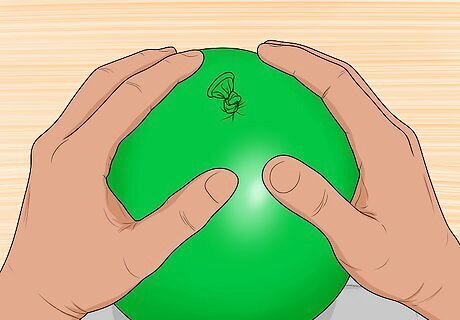
Position the balloon. Hold the balloon so the inflated portion is wedged into your lap. Secure the balloon gently but firmly using your thighs.
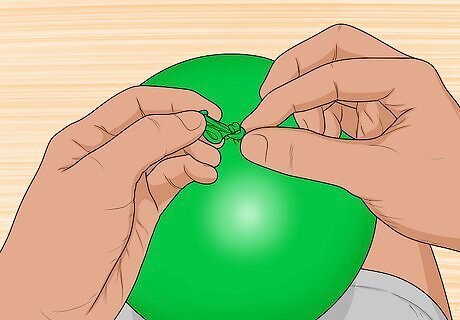
Inspect how the knot is formed. Try to follow where the knot loops around itself. Visualize how the knot was formed.
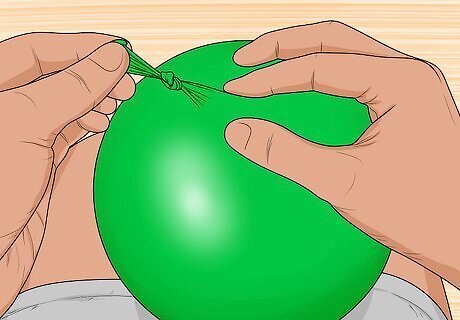
Push and pull the knot. The ultimate process of loosening the knot is to push and pull various sides of the knot. Continue this until you are able to get part of the knot to yield. Focus on particular loops of the knot when pushing and pulling. The goal is to loosen and grip a single strand of the knot.
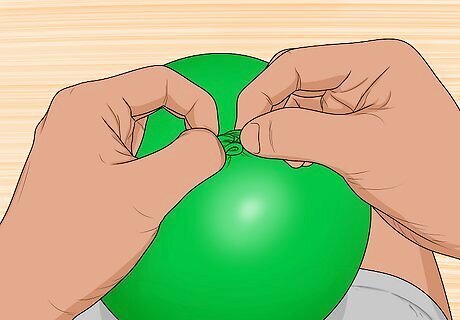
Separate a strand with your finger. Lodge your fingernail into one of the loops. Try to get a secured grip of that particular loop. You'll need to work on loosening the knot for a while before you can secure a section of the knot. This is easier if your fingernails are long.

Pick the connecting knot. Once you grip a strand of the knot, locate its connecting loop. Using your other hand, pry out the folded loop underneath the other loop. By prying one loop of the knot with one hand, you should be able to loosen this part of the knot.
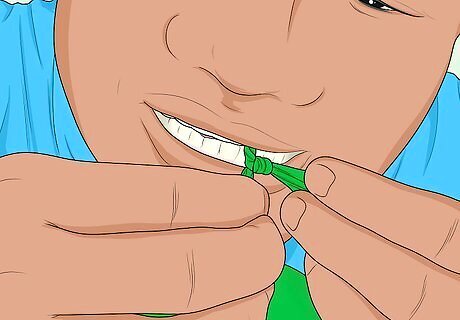
Use your tooth to loosen the knot. Once you've separated two loops of the knot, there should be a small opening. Wedge your fang tooth into the opened crevice. By pulling with your hands, gently, the knot should loosen and untie.
Create a Temporary Knot
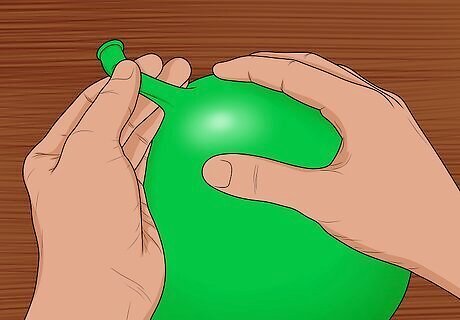
Inflate your balloon. Be sure it is full but not overly full. Inflate it 3/4 of the way full.
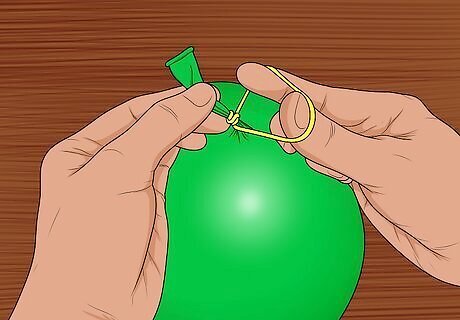
Use a rubber band. Twist the neck several times so it is well sealed. Stretch out the balloon with one hand. Wrap a rubber band around the neck, and tuck it into the other end of the rubber band. Pull the longer end tight. This knot is called a lark's head knot. The goal is to use the rubber band as a tightening agent. For increased support, you could tie the rubber band as well. This could be just as challenging to untie as a regular balloon's knot.

Use a twist tie. One of the easier ways of deflating your balloon without popping it is to use a twist tie. Simply hold the neck tight with one hand, and then begin securing the neck with a twist tie.
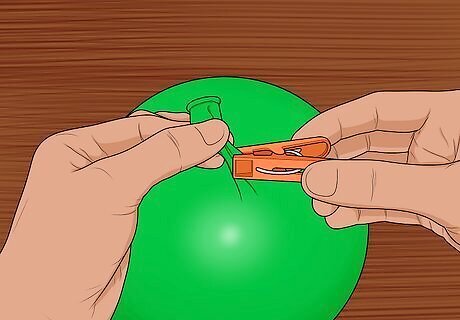
Use a clothespin. Do the same process as above, only this time secure the balloon with a clothespin. Be sure the clothespin is fresh and sturdy, or else it might not hold the air well.

Tape the balloon's end. Have a few strips of tape ready to be used. Grip the neck of the inflated balloon with one hand. Then tape off the ends using your strips. Use scotch tape for the best results.




















Comments
0 comment